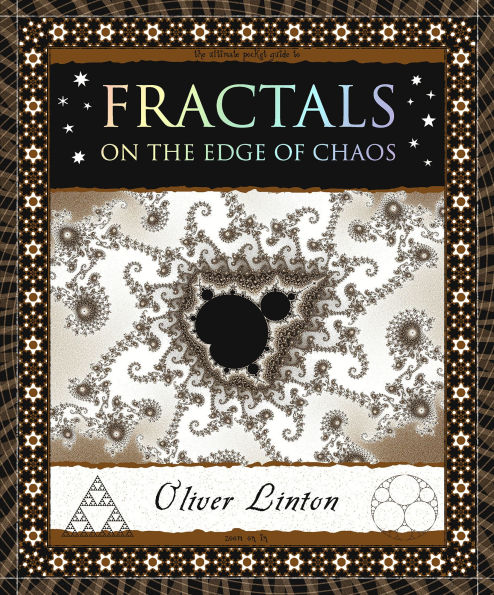Read an Excerpt
For 2000 years, mathematicians, scientists and philosophers, blinded by the precision of Euclidean geometry, assumed that everything in the world around us could be built up from spheres, cones, circles, smooth planes and straight lines. They were not entirely wrong: much can be learned by modelling atoms as spheres, faces as multifaceted polyhedra and hurricane winds as straight or circular. The reason for this is mathematical economy. A sphere is completely described by a single number—its radius; a triangle by three—the lengths of its three sides. Even a hurricane is largely described by just two numbers—its speed of rotation at a characteristic diameter. But to describe a cloud or a coastline in detail requires millions of numbers. What would be the point? By the time you had written down all those numbers, the cloud would have long since vanished. Coastlines, however, are more permanent and more important too. Have you ever wondered how many numbers are needed to specify the map in your SatNav? The answer is literally billions. But in 1982, a brilliant Polish born mathematician named Benoit Mandelbrot showed the world that it was possible—sometimes at least—to describe complex structures like clouds and coastlines as easily as spheres and lines, and fractal geometry was born. This book attempts to describe the revolution in mathematics and art which followed.



